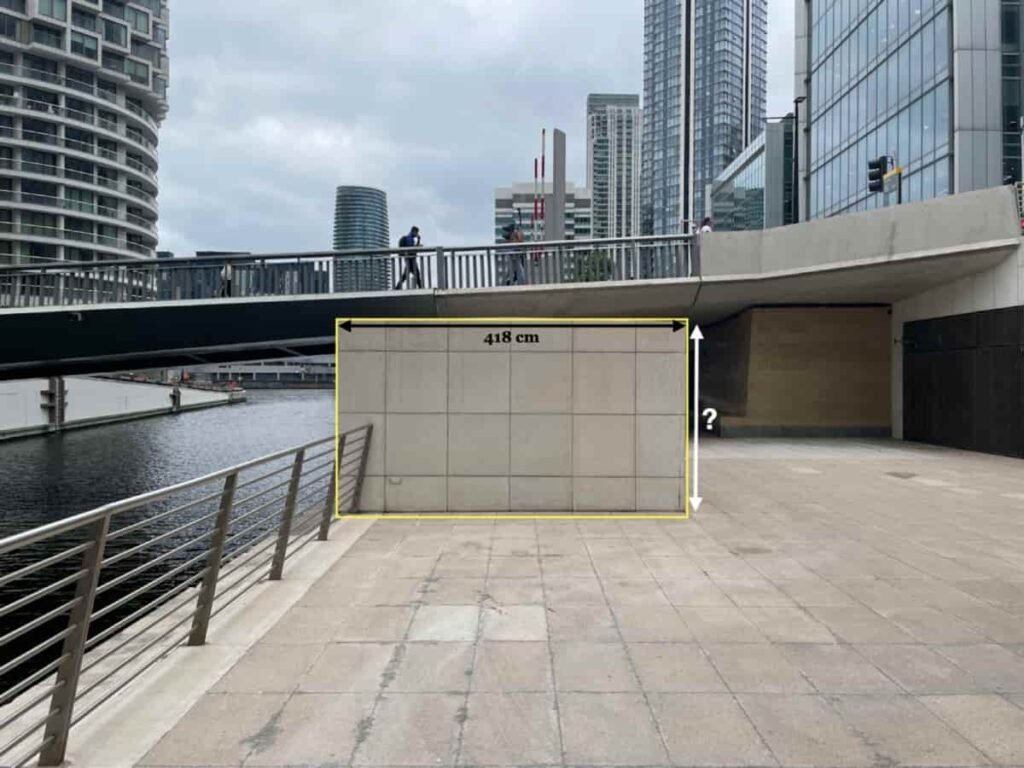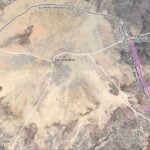The ability to accurately measure the size of objects in images is crucial for open-source researchers. It enables a deeper understanding of significant events, like military actions or environmental changes. This article explores various methods and tools for measuring objects effectively.
In an age where data is abundant, knowing how to measure objects accurately can greatly enhance research quality. Whether you are involved in digital investigations or scientific research, mastering these techniques will empower your analytical capabilities.
How do you measure the size of an object?
Measuring the size of an object often begins with establishing a reference point. This method provides a baseline for comparison. Using objects of known dimensions within the same image helps ensure measurement accuracy. Reference objects are essential for validating your measurements.
Another effective approach is to use digital tools designed for this purpose. Many of these tools allow for precise measurements within images, making the process much simpler. Specifically, Image Measurement Tools are popular among researchers for their ease of use and reliability.
Additionally, taking into account the perspective from which the image was captured is vital. Images taken at different angles can distort the perceived size of objects. Understanding perspective helps in adjusting measurements accordingly.
What are some ways that an object can be measured?
There are several methods for measuring objects, each with its own advantages. Here are a few commonly used techniques:
- Using reference objects: Incorporating known measurements in the image allows for scale adjustments.
- Software tools: Programs like Google Earth Pro provide functionalities to measure distances and areas accurately.
- Python scripts: Open source scripts can help automate the measurement process and offer additional features for better accuracy.
- Manual measurement: In some cases, physical measuring (when applicable) can be utilized as a verification method.
Each method has its own set of applications, making it essential to choose the right one based on the specific requirements of your research.
What is the app that measures the size of objects?
One of the most popular applications for measuring object sizes is Google Earth Pro. This tool allows users to measure distances and areas directly on geographical images, making it ideal for environmental research.
Another noteworthy app is SunCalc, which aids in measuring shadows cast by objects based on their position and time of day. This can be particularly useful in fields like architecture and environmental science.
In addition, there are specialized Image Measurement Tools that can be integrated into various research workflows, allowing for detailed analysis of images across different platforms.
How to see the size of an object in Blender?
Blender is a powerful open-source 3D modeling tool that also allows for accurate measurements. To measure an object within Blender, first select the object you want to analyze.
Then, navigate to the Properties Panel where you can find the dimensions of the selected object. This method provides both width and height measurements, allowing for precise scaling and adjustments.
Moreover, Blender offers a ruler tool that can be used to measure distances between points directly in the 3D space, making it a versatile option for researchers working in visual contexts.
What tools are best for measuring objects in images?
There are numerous tools available for measuring objects in images. Some of the most effective include:
- ImageJ: An open-source image processing program widely used for scientific analysis.
- Adobe Photoshop: Provides robust measurement tools for detailed image analysis.
- Google Earth Pro: Allows users to measure distances and areas on satellite images.
- GIMP: Another open-source option that includes various tools for image measurement.
These tools can significantly enhance your measurement capabilities and contribute to more accurate findings in your research.
How does perspective affect object measurements?
Perspective plays a critical role in how sizes are perceived in images. When objects are photographed from different angles, their perceived sizes can vary significantly. This discrepancy can lead to inaccuracies if not properly accounted for.
For instance, objects closer to the camera will appear larger than those further away, even if they are the same size. Understanding this aspect is essential for accurate measurement in open-source research.
Moreover, adjusting for perspective involves recognizing the angle of the shot and using techniques such as image normalization to ensure that measurements reflect true sizes. Incorporating these adjustments into your methodology can enhance reliability.
Related questions about measuring object sizes in open source research
How do you measure the size of an object?
Measuring the size of an object involves selecting a reference object within the same frame to provide a scale. This method helps in establishing a baseline for accurate comparisons. Digital tools like Image Measurement Tools can assist in making these measurements efficiently while considering factors such as perspective.
What are some ways that an object can be measured?
There are various methods for measuring objects, including using software tools, physical measurements, and employing open-source scripts. Each method provides unique benefits and can be selected based on the context of the research. For example, software tools like Google Earth Pro offer precise distance measures, while scripts can automate and streamline the process.
What is the app that measures the size of objects?
Applications such as Google Earth Pro and SunCalc are popular choices for measuring object sizes. Google Earth Pro allows users to measure distances on maps, while SunCalc aids in calculating shadows and light angles, essential for various research applications.
How to see the size of an object in Blender?
In Blender, measuring an object’s size is straightforward. Users can select the object and access its dimensions in the Properties Panel. Additionally, the ruler tool within Blender provides a means to measure distances directly in the 3D environment, enhancing the modeling and measurement process.




